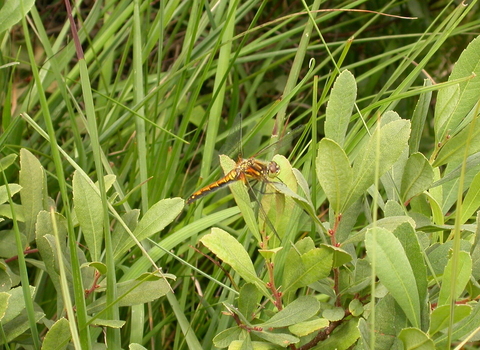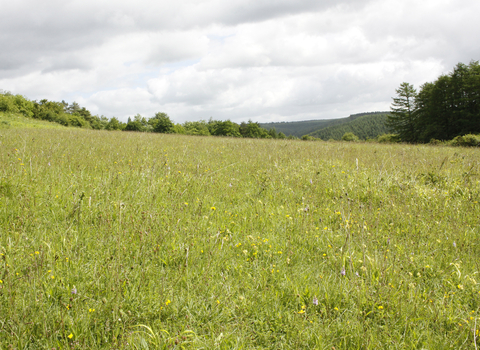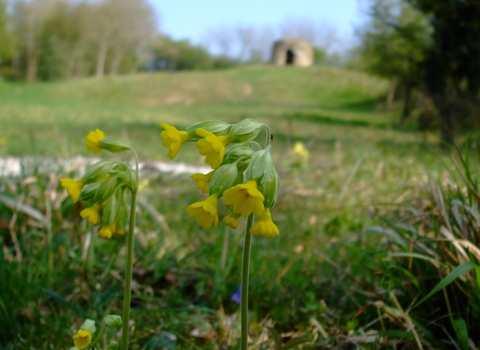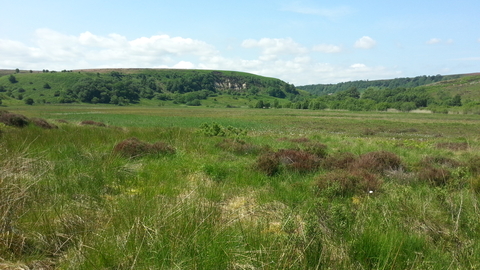
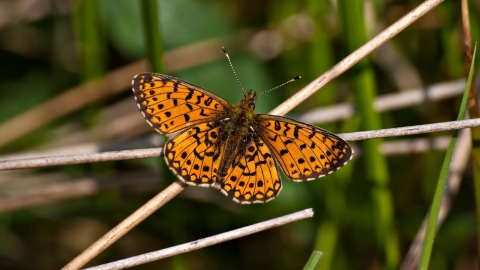
©Bob Coyle
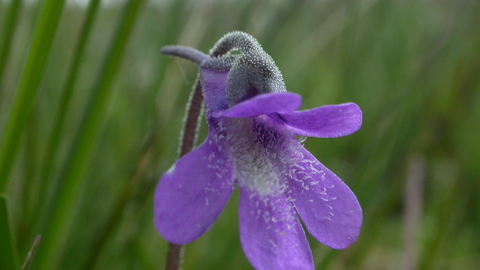
WildNet - Philip Precey
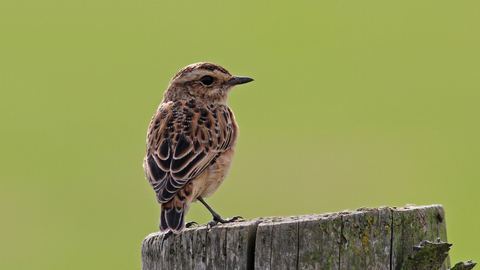
WildNet - Gary Cox
Fen Bog Nature Reserve
Location
Know before you go
Dogs
Please keep to public footpaths.
When to visit
Opening times
Open at all times. We recommend half day trip for this reserve but for a longer outing why not combine with a visit to Little Beck Wood or Ellerburn Bank?Best time to visit
May to SeptemberAbout the reserve
Visits for regional rarities
In this upland landscape of basking adders, calling curlews, passing merlins and breeding whinchats, stonechats and willow warblers, there are also fascinating and unusual plants and butterflies to discover. The mire bottom has some of the region’s most unusual species of sphagnum moss, and interesting plants including slender sedge, round-leaved sundew, cranberry, common butterwort, marsh violet and bog asphodel. Look for chickweed wintergreen, also known as Arctic starflower, in the drier heathland areas. In early summer, butterflies include dark green and small pearl-bordered fritillaries and the rare large heath.
Sky-blue keeled skimmer dragonflies flit about over wet flushes on the path along the east side of the bog and keep an eye peeled for Britain’s largest dragonfly, the impressive golden-ringed, which cruises up and down the path.
Habitat
Contact us
About
The 19 hectare site comprises of two main sections; the main valley mire and the higher ground leading down to it from the parking area which is primarily wet heath and moorland and is separately fenced from the rest of the site.
The mire bottom has some of the most unusual species of the sphagnum moss in the region, which have survived and flourished largely due to consistent management by the Trust. The land is dependent on regional rainfall and appropriate levels of drainage to keep the mire in peak condition.
Besides controlling bracken by hand, the site is grazed by sheep from neighbouring common land. This is beneficial in keeping down coarse grasses that may threaten some of the plant species present such as heather and hard ferns. Some of the more interesting plants are round-leaved sundew, cranberry, common butterwort, marsh violet and bog asphodel which are all located within the mire. In the upper areas there is a population of chickweed wintergreen, also known as Arctic starflower, that benefits from being in one of the few areas that are ungrazed on the moor.
The site is good for butterflies with small pearl-bordered fritillary and large heath both occurring in early summer. Curlew can be heard calling from the surrounding moors and whinchat, wheatear and meadow pipit all breed. Look out for merlin passing through.
If you time your visit well you may also see a steam train pass down the Pickering railway line adjacent to the nature reserve.
Seasonal highlights
- Spring: Invertebrates - Emperor Moth; Reptiles - Adder; Birds - Whinchat; Meadow pippet
- Summer: Plants - Heather spotted orchid; Invertebrates - Keeled skimmer; Small pearl-bordered fritillary; Large heath
- Autumn: Birds - Merlin; Stonechat
- Winter: Birds - Red grouse; Short-eared owl
History
Fen Bog was gifted to the Trust in 1964 by Air Marshal Sir John Baldwin and Major CL Baldwin in memory of their son and nephew respectively who were killed in action in World War II.
Directions
Public transport
Nearest mainline railway station at Sleights. Bus services along the A169 from Pickering to Whitby. The Lyke Wake Walk crosses the nature reserve. Follow the stone track from the parking area down to the mire.
By car
Adjacent to the A169 between Whitby and Pickering just north of RAF Fylingdales and south of Ellerbeck bridge and the turn off to Goathland. There is room for several cars on the track next to the gate- please park considerately.
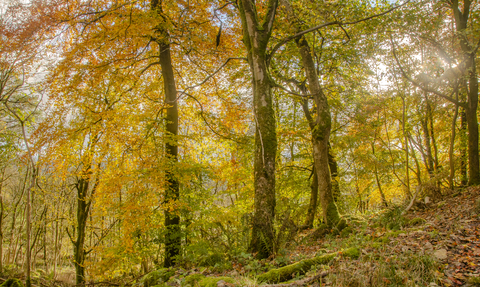
The autumn colours were even more beautiful when the sun came out
Photo Credit - Telling our Story Volunteer, Sara

